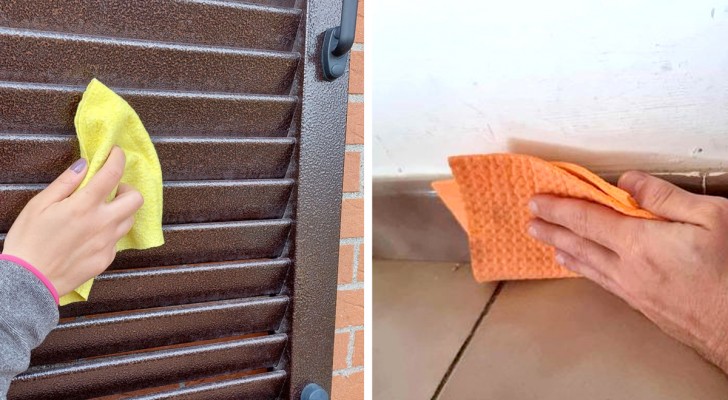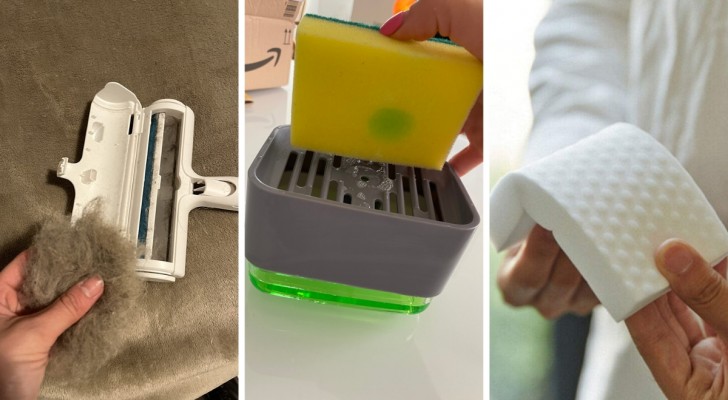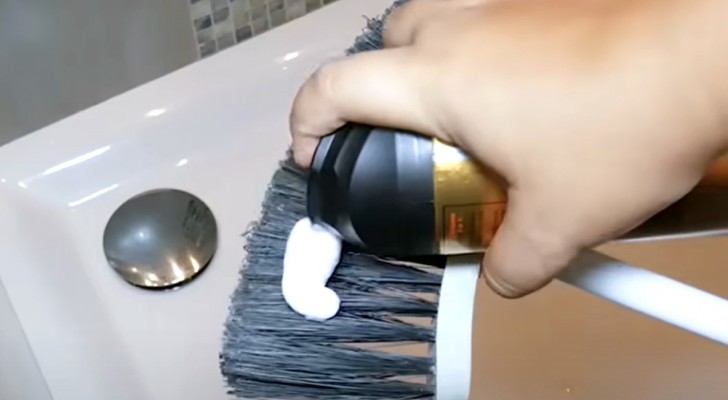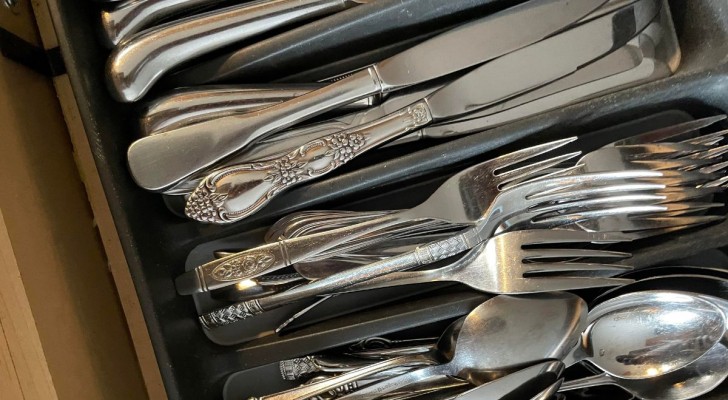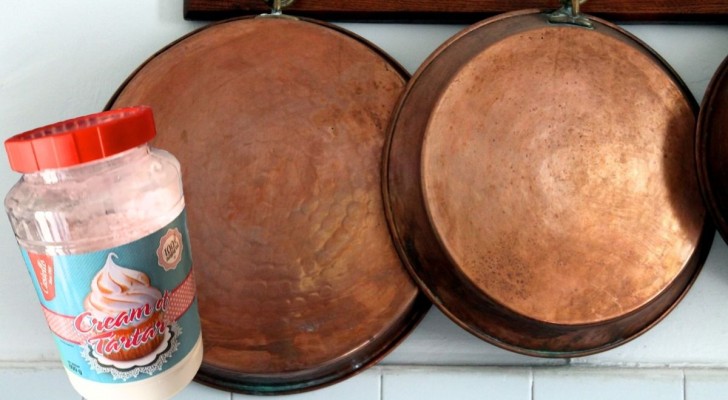Loading the dishwasher: what is the correct way? 8 useful tips
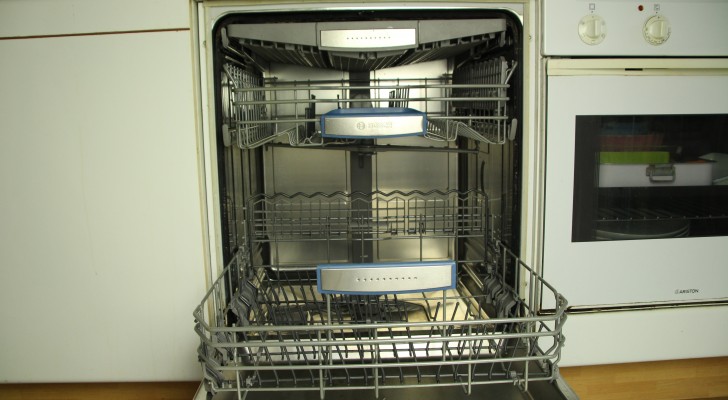
Advertisement
The dishwasher is undoubtedly one of the best time-savers ever, especially for those who have a large family or like to entertain. Dishwashers have revolutionized doing housework and, as a result, are now found in most homes.
But are we sure we really know how best to use this valuable appliance? For example, if you don't load the dishwasher properly, you might have to do more than one wash to get all the dishes cleaned properly. Each model is unique, but the main thing to bear in mind when loading a dishwasher is that the spray arms must be free from any obstructions.
We suggest below 8 useful tips to bear in mind when using your dishwasher:
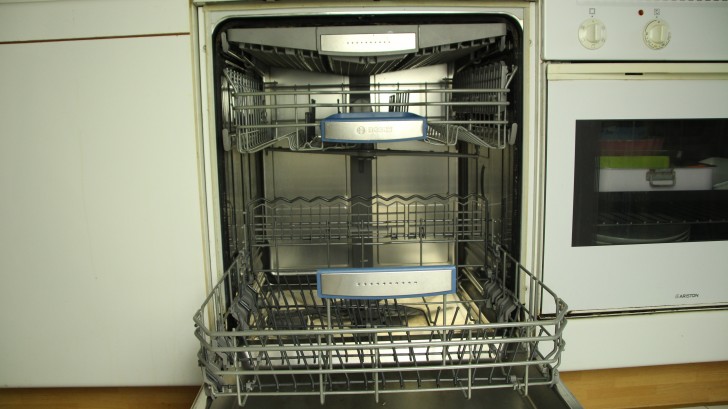
- Familiarisation: the first, fundamental step is to get to know the operting instructions. Although all models have the same basic layout, it is advisable to read the instruction booklet for your dishwasher carefullyto find out about things like the position of the nozzles, the washing temperature of each program and the detergent to use.
- Detergents: choosing the best dishwasher detergent is not that simple. In fact, in shops today we can find myriad of variations of detergents for dishwashers - from liquids to those in tablet form, passing through capsules and powders. Each model works best with a specific detergent which is usually written on a manufacturer's label. Find out which type is recommended for your dishwasher and use only this one for the best results.
- Only suitable items: It might sound strange, but many items can't be washed in the dishwasher. All antique crockery, for example, risks being irreparably damaged by the appliance, as well as non-stick pots and pans, wooden utensils and chopping boards, some plastic objects or those in aluminium, tin, brass, cast iron and bronze. It is much better to wash these by hand, if you don't want to be forced to replace them.
- Proper loading: a properly-loaded dishwasher ensures better results, as the water will reach all the dishes evenly.
a - Since the nozzles spray upwards, dishes should be placed with the dirty side down and in the centre, so that they are hit directly by the jets.
b - An excessive load also leads to overlapping which prevents the water from reaching all the surfaces to be washed. It is better to do an extra load rather than overcrowd a single one.
c - Glasses, cups, small bowls and plastic containers must be placed in the upper rack, always facing downwards.
d - Long utensils must be loaded on the side of the upper basket, while all silverware and short utensils must be placed in the appropriate cutlery basket.
e - Plates, pans, bowls and all large objects must be arranged in the lower basket and on the sides, so that they can be cleaned properly, also with their dirty sides facing downwards.
f - If you have very dirty crockery, after a soaking them, place them in the lower rack, which will ensure a more thorough cleaning. - Unloading: even unloading the dishwasher must be carried out correctly if we want to avoid wasting time. The best thing is to start from the lower rack so that any residual water left in the containers of the upper rack does not wet the items on the bottom.
- Clogged nozzles: if, despite having followed all the previous tips, your dishes still come out dirty, check the nozzles to make sure they are not blocked by dirt or limescale. If the water is very hard, add a softener.
- Cleaning: even the dishwasher needs to be cleaned itself periodically. Carry out a monthly, empty wash at high temperature with apple cider vinegar or white vinegar and baking soda. This will eliminate any soap residue and bad smells.
- Finally, don't forget the filter: every 3 - 6 months - depending on the number of daily washes you do - clean the filter thoroughly to make sure there are no obstructions.
Now you are really ready to wash your dishes!
Advertisement
